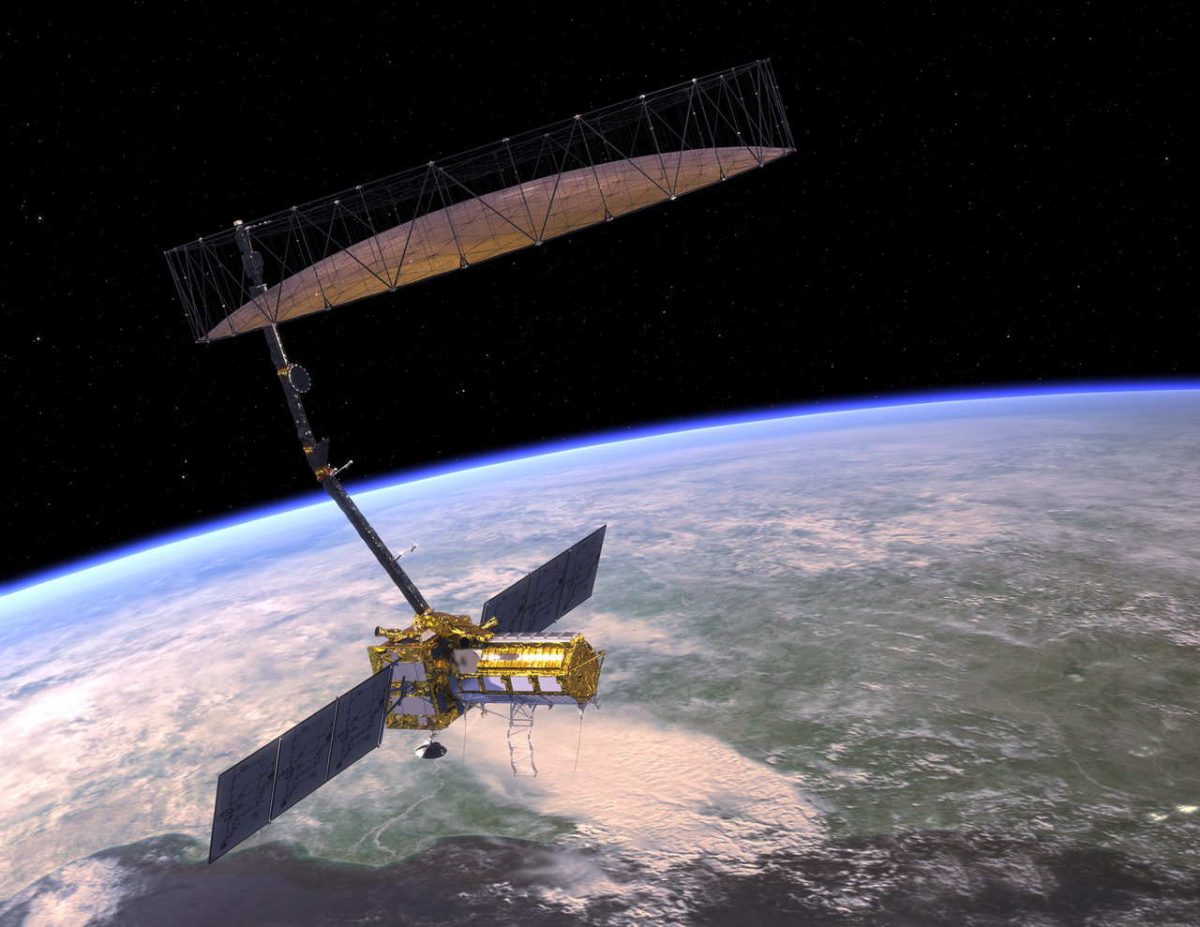Indian Space Research Organisation (ISRO) and NASA together will launch a joint earth observation satellite in 2023. Some components of this satellite will be produced by NASA and some components will be made by ISRO. After that this satellite will be launched by ISRO.
Indian Space Research Organization has already completed the development of a Synthetic Aperture Radar (SAR), capable of producing extremely high-resolution images.
NASA-ISRO SAR (NISAR) is a joint collaboration for dual-frequency L and S-band SAR for Earth observation.
NISAR will be the first satellite mission to use two different radar frequencies (L-band and S-band) to measure changes of less than a centimetre in the surface of our planet.
NASA is providing the L-band SAR for the mission, which is a high-rate communications subsystem for science data, GPS receivers, a solid-state recorder and payload data subsystem. On the other hand ISRO is providing spacecraft buses, S-band radars, launch vehicles and related launch services for the mission, aiming to make global measurements of the causes and consequences of land surface changes using advanced radar imaging.
The S-band SAR payload of the NISAR satellite mission was flown through virtual mode on 4 March by K Sivan, Chairman of ISRO.
NASA and ISRO signed a partnership on 30 September 2014 to collaborate and launch NISAR. This mission was initially being planned to be launched in early 2022 from ISRO’s Sriharikota spaceport about 100km north of Chennai, but due to pandemic, this mission got delayed a bit. Recently ISRO Chief K.Sivan has said that this mission will be launched in january2023.
The NASA-ISRO SAR (NISAR) Mission will measure Earth’s changing ecosystems, dynamic surfaces, and ice masses providing information about biomass, natural hazards, sea level rise, and groundwater, and will support a host of other applications.
NISAR will observe Earth’s land and ice-covered surfaces globally with 12-day regularity on ascending and descending passes, sampling Earth on average every 6 days for a baseline 3-year mission.
With a total cost estimated at US$1.5 billion, NISAR is likely to be the world’s most expensive Earth-imaging satellite. ISRO’s share of the project cost is about 788 crore (US$110 million), and NASA’s share is about US$808 million.




















